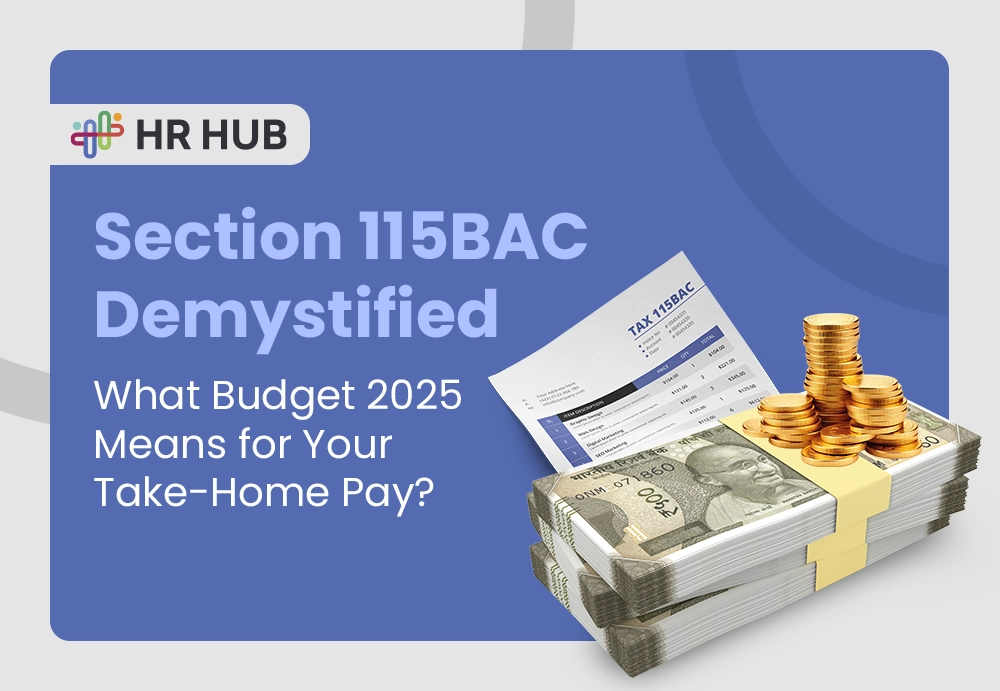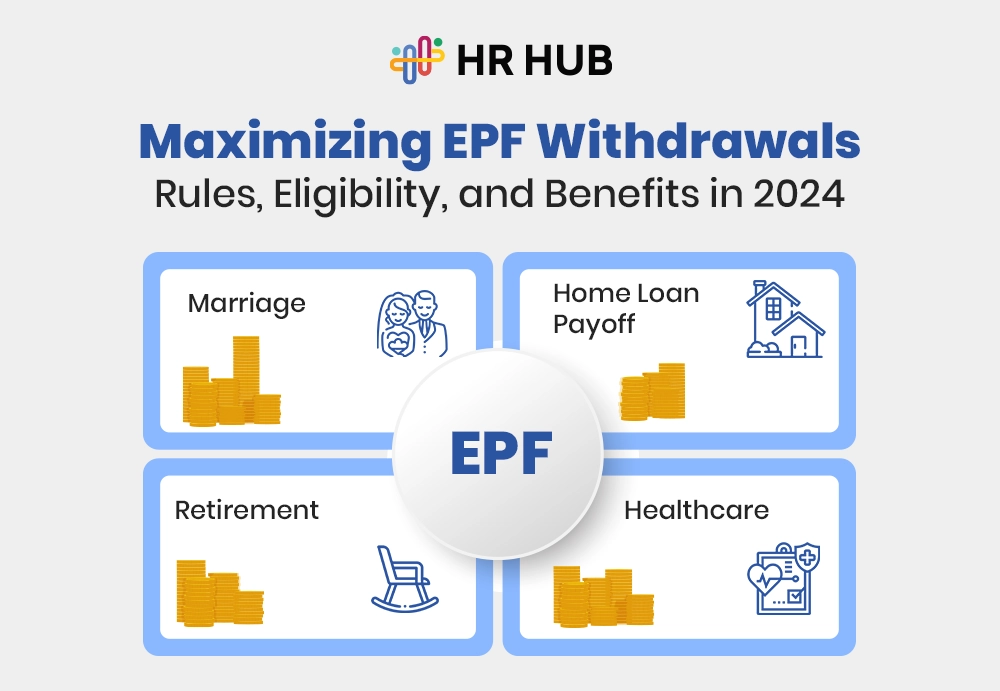Effective employment relations have now become a necessity for a diverse workplace environment. The dynamics of the modern workforce are characterized by many new elements: persons with diverse backgrounds, expectations, and communication styles all create a breeding ground for conflict. However, when managed appropriately, conflicts can foster innovation, deepen relationships, and unite a team.
Here, HR professionals emerge as advocates of resolution and facilitators of trust. What is needed to create and maintain healthy employee relations in HRM, and how can organizations capitalize on these tenets to generate more successful work environments?
It's time to discuss the importance of HR in navigating conflicts and maintaining long-term harmony in the workplace.
Understanding Employee Relations in HRM
Employee relations in HRM typically refers to managing and maintaining employer-employee relationships for mutual respect, engagement, and productivity.
Unlike the broader concept of labor relations, which tends to focus on more dramatic, unionized environments, employee relations in HRM highlight interpersonal relationship building, everyday conflict resolution, and the fostering of morale within the forces. Hence, they need a middleman to transmit every individual's sense and ensure fair conflict resolution.
Common Sources of Workplace Conflict
Conflicts become inevitable in a workplace, especially when people with different experiences, personalities, and expectations interact daily. Understanding the root causes of these conflicts becomes important for HR to deal with them well. The following are some of the most common sources of conflict that occur in a workplace:
Miscommunication and Lack of Clarity
Miscommunication is one of the primary causes of workplace disputes. It can result from unclear job expectations, ambiguous emails, or differing interpretations of verbal instructions. For example, an unclear or poorly defined project goal could lead to disagreements among team members about roles and deliverables.
Diverging Interests and Goals
As such, there is often a cleaving of interests between employees and employers. An employee may be concerned about work-life balance, while the employer is concerned about productivity. If these conflicting interests are not managed appropriately, frictions may arise.
Cultural and Generational Differences
Employees from different cultural and generational backgrounds bring new perspectives to today's global workplaces. Although diversity enhances an organization, it can sometimes be a source of misunderstandings or biases. For instance, differing attitudes toward work ethics, communication style, or authority can lead to conflicts.
Unequal Workloads and Perceived Unfairness
Employees often develop a sense of resentment if they perceive favoritism, unequal workloads, or biased recognition. For example, if one team member continues to get all high-profile tasks while others are barely involved, it can quickly spoil the mood.
Policy Ambiguities and Inconsistencies
Vague or poorly enforced policies are often the common causes of disputes. For instance, ambiguity in policies on work-from-home or performance reviews may leave the worker uncertain and dissatisfied, which may increase disagreements.
Identification at early stages will help HR implement proactive strategies to curb tensions that may lead to bigger disputes.
The HR Approach to Conflict Resolution
HR professionals are at the frontline of conflict resolution as mediators and guides so disputes may be managed fairly and constructively. So here's how HR typically approaches conflict resolution:
1. Creating a Safe and Open Communication Environment
A significant aspect of effective conflict resolution is an ambiance in which employees feel comfortable raising concerns. HR facilitates this through open communication channels, including anonymous feedback or open-door policies. Such aspects encourage employees to speak up early to prevent small misunderstandings from becoming large conflicts.
2. Acting as Neutral Mediators
HR professionals act as neutral mediators who facilitate discussions between conflicting parties. This mediates how each party expresses themselves without prejudice to allow them to understand why this conflict is arising. If a colleague and another colleague argue over their responsibilities, HR will help clarify expectations and present an action plan for both parties.
3. Offering Customized Conflict Management Training
HR has training sessions for employees and managers on constructive resolution of disputes. In these sessions, people are taught topics like emotional intelligence, active listening, and negotiation skills. Trained employees handle most conflict resolutions independently, reducing the burden on HR.
4. Maintaining Transparency in Policies
Proper workplace policies should be transparent and free of misunderstandings. All its policies, such as how grievance and disciplinary action are handled, must be clearly stated and communicated to all concerned. Regular updates and re-training sessions keep all people knowledgeable and aligned.
5. Tracking and Documenting Disputes
Modern-day HR teams keep records of conflicts, resolutions, and follow-ups using employee relations management tools. This data tracks recurring issues and provides insights to change policies in the workplace accordingly. For example, an HR tool allows teams to manage grievances systematically and ensures timely intervention.
6. Encouraging Collaborative Problem-Solving
HR channels conflict into cooperative opportunity. HR promotes employees' collective brainstorming for solutions. This approach fosters an employee's sense of ownership and respect from colleagues. It resolves the problem at hand and strengthens the relationship for the future.
The Benefits of Proactive Employee Relations Management
Investing in proactive employee relations management delivers a wide range of benefits, enhancing the well-being of individuals and organizations.
1. Improved Employee Morale and Job Satisfaction
Employees feel heard and respected. Conflicts can be resolved proactively, and grievances are addressed promptly, contributing to a good workplace atmosphere.
2. Increased Employee Retention Rates
Conflict that is left unaddressed usually contributes to higher turnover rates. HR's constructive resolution of issues retains the best employees in the organization, thereby cutting down on recruitment and retraining costs.
3. Enhanced Team Productivity and Collaboration
A smooth workplace environment helps employees focus on their work rather than interpersonal issues. Good employee relations in HRM form a high-performing team more likely to collaborate effectively to produce better business results.
4. Better Employer Branding
If employee relations are conducted positively, companies attract the best talent and gain an edge in the job market. Satisfied employees will likely be brand ambassadors who promote the organization to other potentials.
5. Reduction in Legal Risks
Conflicts can lead to litigation or ensure a total compliance failure. Proactive employee relations management will reduce these risks when grievances are treated more equitably and fairly.
6. Long-Term Organizational Stability
In any way, healthy employee relations are precursors to a culture of trust and openness, securing long-term organizational success.
HR HUB: Empowering HR Teams to Build Better Workplaces
Positive employee relations require the right tools and systems for creation and sustenance. HR HUB makes this process easier with its rich features related to conflict resolution, policy management, and employee engagement. With customized solutions designed according to modern HR needs, HR HUB facilitates the easy management of conflicts within an organization while making room for transparency and culture-building.
Explore how HR HUB can transform your approach to employee relations and build a healthier, more productive workplace. Understand how great employee relations drive organizations, turning workplace challenges into opportunities for growth and innovation. Start building better relationships today because every resolution strengthens the foundation of a thriving workplace.






